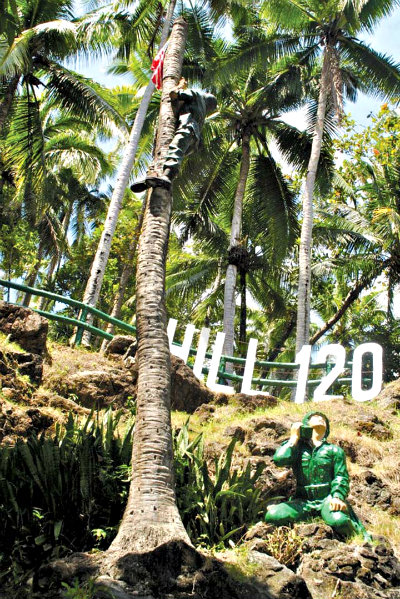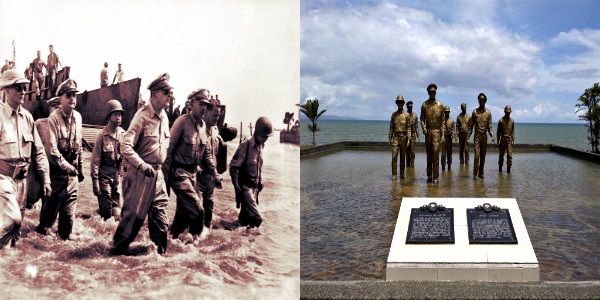70 years after WWII General Douglas MacArthur, along with over 100,000 Allied troops, landed at the Red Beach, Palo, Leyte, the country and dignitaries from other nations marked the iconic Leyte Gulf Landing recently with a commemorative service in celebration of the occasion that changed the tide of WWII’s pacific Theater.
“I shall return…” this famous phrase voiced out by the equally famous WWII person, General Douglas MacArthur, are inscribed, immortalized on the larger-than-life war memorial at the Red beach in Palo, Leyte, the site of the Leyte Gulf Landing. The words came from the general after he was forced to flee to Australia to escape the Japanese army.
And return he did!
On October 20, 1944, Gen. Douglas MacArthur, with his staff and thousands of Allied forces, landed at Red Beach. It marked the start of the liberation of the Philippines from the almost three-year occupation of the Imperial Japanese Army.
And now on its 70th year, executives from the Province of Leyte spearheaded the commemorative service of the historic event.
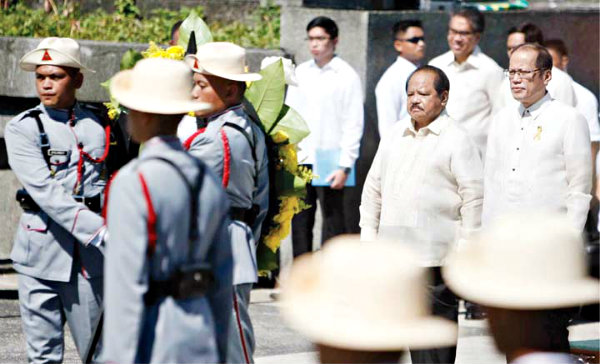
The celebrations started on the 18th of October going to the 20th. The significant occurrences surrounding the victorious return of Gen. Douglas MacArthur were highlighted.
The focal point of the commemoration of the Leyte Gulf Landing was the anniversary program attended by various national and local chief executives, dignitaries from the United States, Britain, Australia, New Zealand, Canada and even Japan; as well as WWII veterans and their relatives.
Philippine President Benigno “Noynoy” Aquino III was also in attendance and served as the event’s guest of honor.
In his speech, President Aquino paid tribute to the bravery showed by the soldiers, the resistance fighters and even the communities that sacrificed for the liberation of the island and eventually, the country, from the iron hands of the Japanese army. He added that this annual occasion is a never ending reminder to the nations who participated in the Pacific War to always go after peace and abandon any thoughts about war to ensure Asia Pacific’s stability and prosperity.
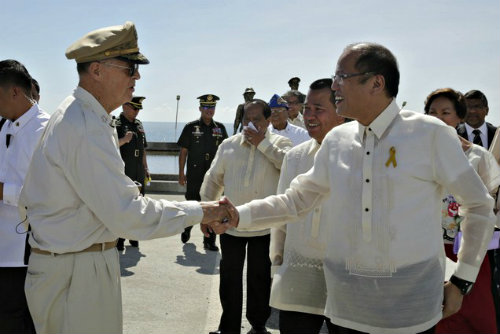
Events Marked in the Celebration
The commemoration for the Leyte Gulf Landing was kicked off with the Signal Day which occurred in the town of Tolosa. It was here that 20-year-old Boy Scout Valeriano Abello aided the US troops by directing their offensive attacks right to the Japanese troops through his semaphore skills.
According to historical accounts, amidst Japanese artillery shelling, Abello, along with his friends Vicente Tiston and Antero Zunia, navigated to the Allied naval ship nearest to them and with the use of white cloth diapers, locally known as lampin, Abello signaled the words “Don’t bomb beaches. There are civilians. If possible let me direct shelling”.
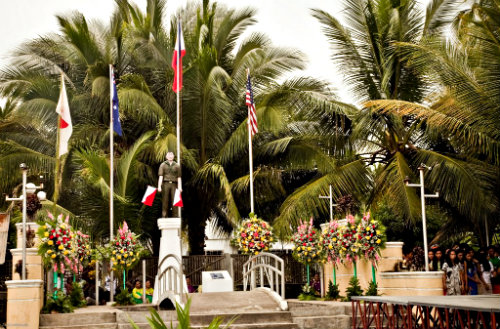
Because of his brave act, the locals of Tolosa were saved from being hit by the Allied troops and the defenses of the enemy were weakened. The coastal barangay Telegrafo bears the monument marking the site where Abello and his friends launched his boat and went on to earn a spot in war history.
Another event marked during the commemorations was the hosting of the American flag by Lt. Clifford Mills at Hill 120, in the town of Dulag, Leyte. The US soldier, snatching up the moment, climbed up a coconut tree and hoisted up the American flag — the first US flag to fly up Philippine soil after the US surrendered in Bataan and Corregidor as well as almost three years of occupation by the Japanese forces.
